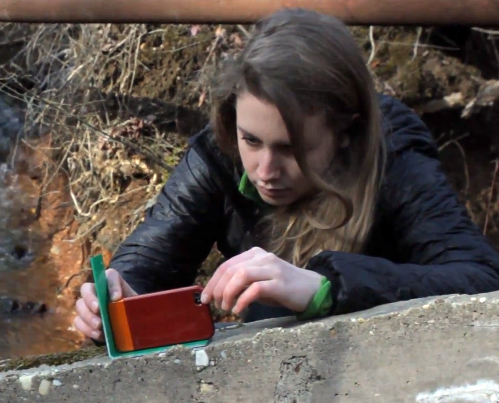SO what did 357 people find in almost three years of searching the North East coastline? Lots, apparently.
The volunteers, dubbed “citizen scientists”, are part of a Newcastle University project to build up a baseline picture of the species which live in the inter-tidal shoreline of the region.
... The survey participants were given a long list of coastal marine species and asked to choose five which they would look for on regular trips to the coast.
A total of 134,000 records have been amassed so far of what was – and was not – found, covering more than 200 species.
The aims of the project are to produce an up-to-date record of marine intertidal species records along the coast which will feed into management strategies and provide the baseline for detecting environmental change, and to raise awareness of marine issues.
“The survey is providing good data of species against which we can measure changes in the future, such as how climate change may effect species,” said project officer Dr Heather Sugden, who is based at the university’s Dove Marine Laboratory in Cullercoats.
“Volunteers came forward mainly by word of mouth. People are really interested in, and care about, the coast in the North East and wanted to be involved.”
Finds have included a very rare, for the North East, colony of stalked jellyfish, with 190 discovered at Beadnell in Northumberland.
The Journal
27 Apr 2013
T Henderson

